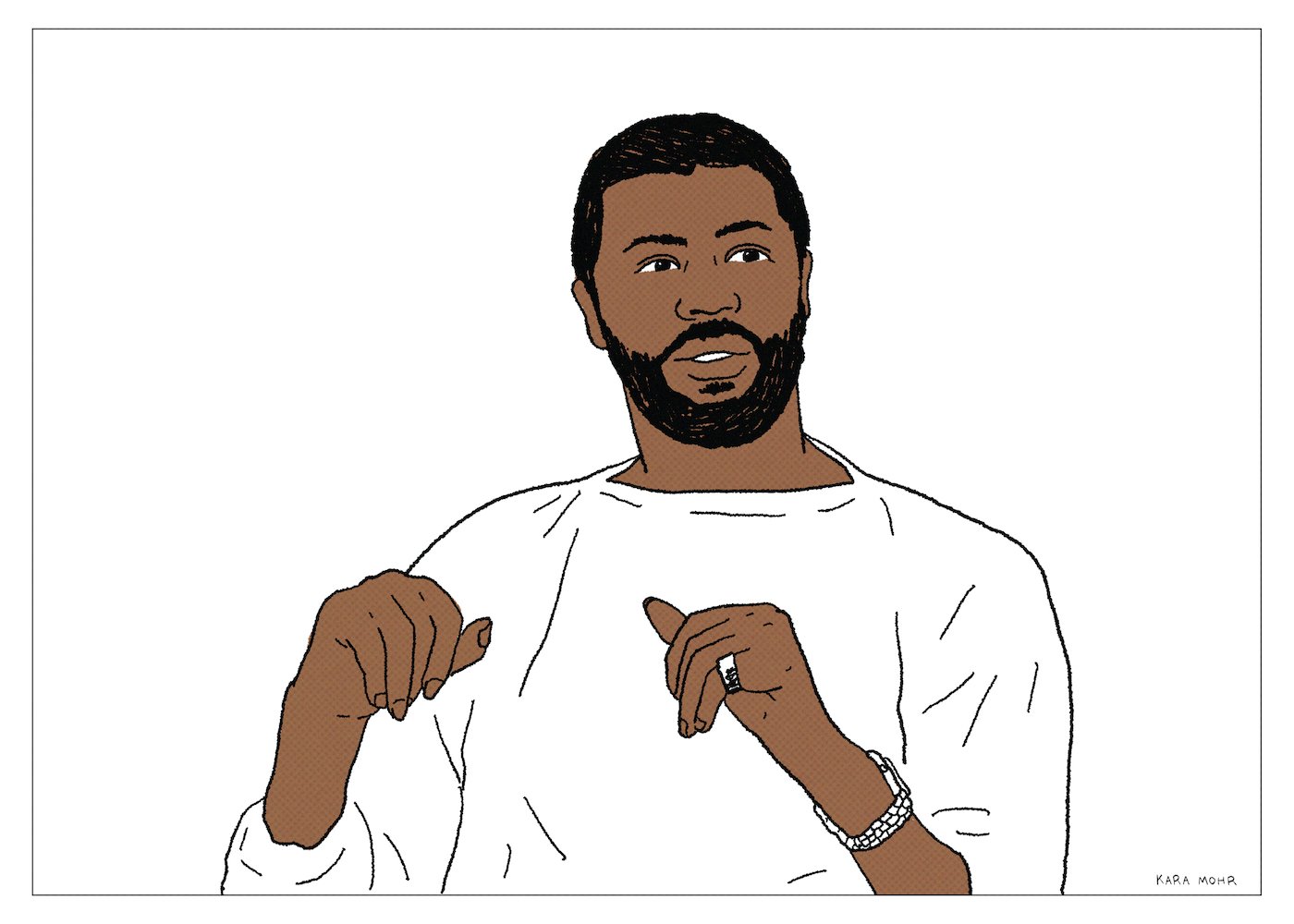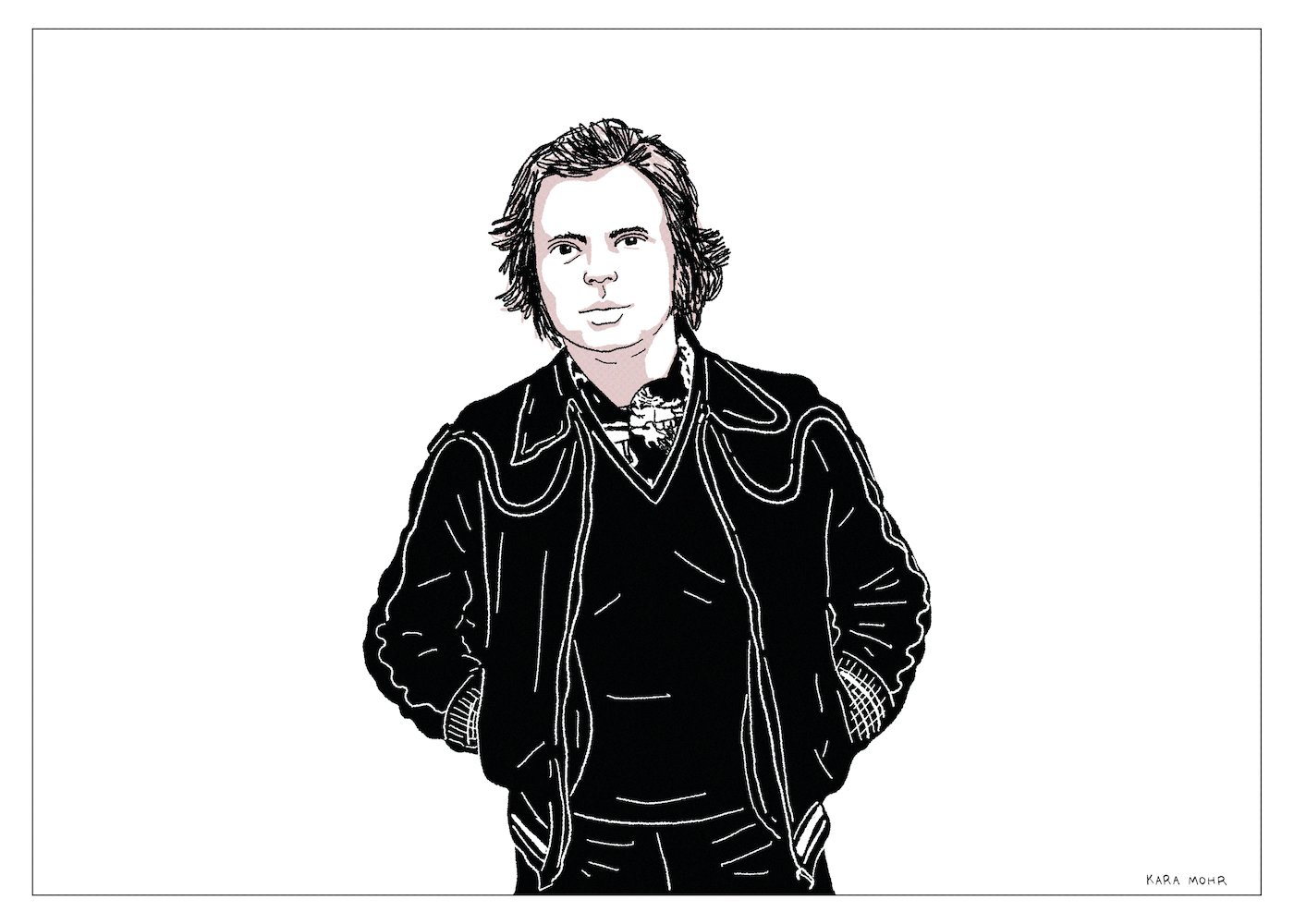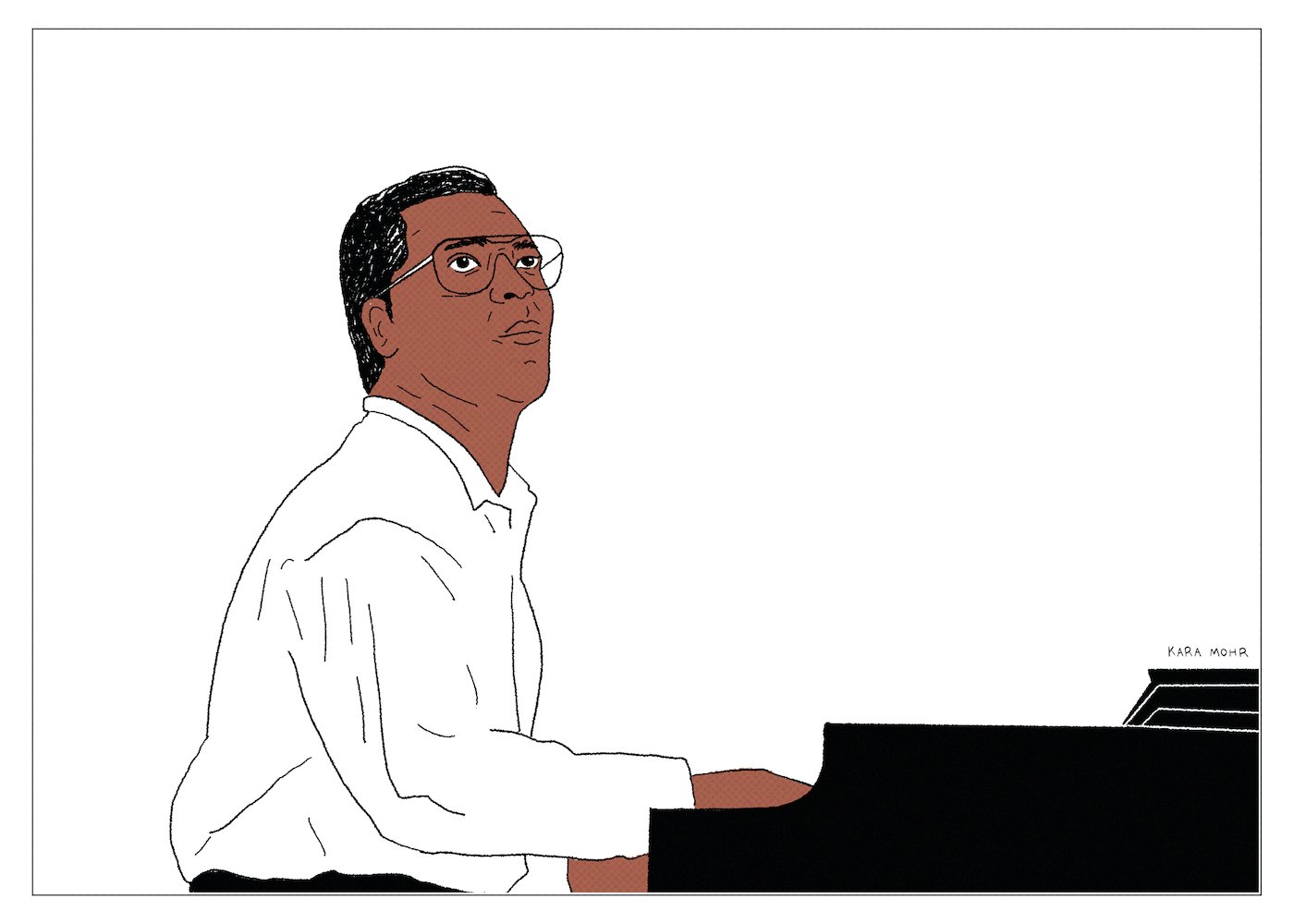
Joe Cocker “Heart and Soul”
“Heart and Soul” was Cocker’s response to Johnny Cash and Rick Rubin — simple arrangements of classics, alongside unexpected takes on Modern Rock. Cocker, who had not flirted with contemporary material in decades, decided to cover (like Cash) U2’s “One” and R.E.M.’s “Everybody Hurts.” But unlike The Man in Black, who mostly talk-sang his way through the “American Series,” leveraging the bottom of his one octave range, Cocker pushed the upper limits of his instrument. He was like the aged athlete attempting to match the records of his youth. Like Carl Lewis trying to run a sub ten second 100 meter sprint today, at the age of sixty-two. Joe Cocker could obviously not sing in 2004 like he sang in 1969. But that was the humanity and the tragedy of this project. On occasion, it was touching and beautiful. Elsewhere, though, it was like watching a former Olympian tearing their achilles and then still gutting out the race, howling and limping their way to the finish.

Teddy Pendergrass “Truly Blessed”
That was the conundrum Teddy faced in in the late Eighties — if and how to sing about sex from a wheelchair. After his accident, he was still a young man, closer to thirty than to forty. His sparkling smile was intact. His face was unscathed — in fact, he looked as handsome as ever. And while it is much harder to sing while seated, it is by no means impossible. As for everything else — the gliding onstage, the bend of the hips, the undressing, the working up a sweat, the showering and the burning hot oils — those were a lot more complicated. But Teddy did the work and made the transition. No, he was not the same person who drove a Maserati to perform at an arena full of women. He was something much less iconic but also much more sympathetic. He was an underdog — a redemption story.

Van Morrison “The Album Covers”
Before he became a craggy, portly Soul man in fedoras and suits, before he was a grumpy anti-lockdown militant, before the Skiffle record and the Facebook rant and a song so profoundly sad (“Pretending”) that it was somehow more depressed than his song about walking out on a friend with tuberculosis (“T.B. Sheets”), before the healing and the silence and the hymns, and before he stuffed himself into that stretchy leisure suit get up for “The Last Waltz,” George Ivan Morrison cared deeply about his album covers. But that was then. Today, Van survives as the artist whose album cover art most betrays the product contained within. His obsession with “tone” and “feel” is surpassed only by the depth of his disdain for the art that adorns his music.

The Isley Brothers “Masterpiece”
In response to Marvin Gaye’s third act and to Luther Vandross’ debut, The Isley Brothers began to move away from Funk and Disco. “Between the Sheets,” from 1983, was a massively successful turn to the bedroom, but also the last album to feature all six Isley Brothers (counting in-law, Chris Jasper). Mounting debt and creative tension ultimately led to the departure of the younger trio, leaving the middle-aged brothers to carry on. Without Ernie’s electric guitar or Chris’ writing and arrangements, however, change was inevitable. Their eventual pivot, entitled “Masterpiece” and released in 1985, featured the three senior Isleys on the cover wearing tuxedos. Ron is seated on a red velvet and gilded chair that looks a lot like a throne. Rudy is standing stage left, holding a regal walking stick. Eldest brother, Kelly, is stage right, mustached and assured, even as he approached sixty and was beginning a battle with cancer. The title and the cover of “Masterpiece” said precisely what they needed to say: classy, but still a little horny.

Booker T and the M.G.’s “That’s the Way It Should Be”
We are living in the golden age of music documentaries. In the last year alone, we got “Get Back,” “The Summer of Soul” and “The Velvet Underground.” Before those, there was the one about Ronnie James Dio and the one about Sparks and the Alanis one and the Poly Styrene one and, oh, that Karen Dalton one. It seems like every year, as part of the battle for streaming service supremacy, we get dozens of new additions to the canon. But the one that, for some reason, has yet to be made is the one about the bi-racial house band for Stax Records who made Otis Redding sound like Otis Redding and who were, in their own right, among the most important, but least documented, bands in R&B history. In 1994, seventeen years after their “last” album, they returned to make it final. Even in middle-age, Booker T. and the M.G.’s were flawless but soon forgotten.
